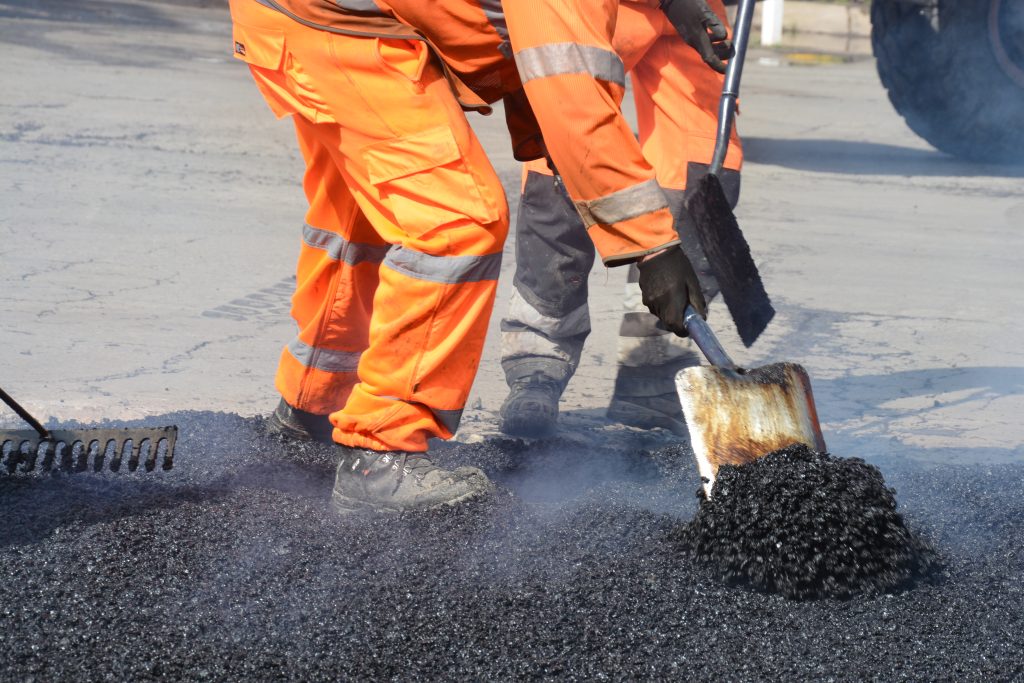A record year for pothole-related claims with claims increasing by 40%
Ahead of National Pothole Day 2024, on the 15th January, the latest data from leading car insurer Admiral has revealed 2023 was a record year for pothole-related claims, with claims increasing by 40% when compared to 2022.
Adam Gavin, Head of Claims at Admiral, said: ‘January 15th marks National Pothole Day and anyone who drives will be familiar with that sudden “clunk” from roads that are plagued with potholes. Potholes are more than just an inconvenience; they can also cause costly damage to your vehicle.
‘January, February and March are the worst time of year for pothole claims, with more than a third of claims we receive made over this period, as road surfaces become unsettled by freezing temperatures and thaws.’
Insurer Admiral received 1,324 pothole-related claims in 2023 compared to 946 in 2022 that’s an increase of 39.95%.
Pothole damage costs have also increased on average by 29% in 2023 compared with 2022.
The latest ALARM survey found that councils face a record £14bn road repair backlog which it would take them 11 years to tackle without further support.

But how are potholes formed?
Potholes are formed due to a combination of factors primarily related to the wear and tear of roads, exacerbated by environmental conditions. Here’s how they generally form:
- Water Seepage: Water is one of the main culprits. When it rains or snows, water can seep into small cracks in the road’s surface. This water can penetrate the asphalt and weaken the subbase beneath.
- Freeze-Thaw Cycles: In colder climates, when the temperature drops, the water that has seeped into the cracks can freeze. Water expands as it freezes, putting pressure on the asphalt above it. This expansion can widen existing cracks or create new ones.
- Traffic Load: The constant weight and pressure from vehicles passing over the weakened asphalt exacerbate the damage caused by water. As vehicles pass over the weakened area, the asphalt breaks, forming a hole.
- Erosion: Over time, the combined effects of water, freezing, and vehicle pressure cause the asphalt to break down further. This erosion gradually enlarges the hole, forming a pothole.
These factors create a cycle: water seeps into small cracks, freezes, expands, and weakens the asphalt, traffic volume and vehicle weight increases the damage, leading to the eventual formation of a pothole.
First impressions
The issue for many is a car park if often a visitors first experience of your establishment, poorly maintained car parks, filled with potholes, ponding water or safety risks may result in stakeholders visiting elsewhere.
At Spadeoak we can support you with car park maintenance requirements including patch repairs and resurfacing to prevent further damage.
If you have a project you would like Spadeoak to support you with coming up in 2024 please do contact our experts who will be happy to assist you.